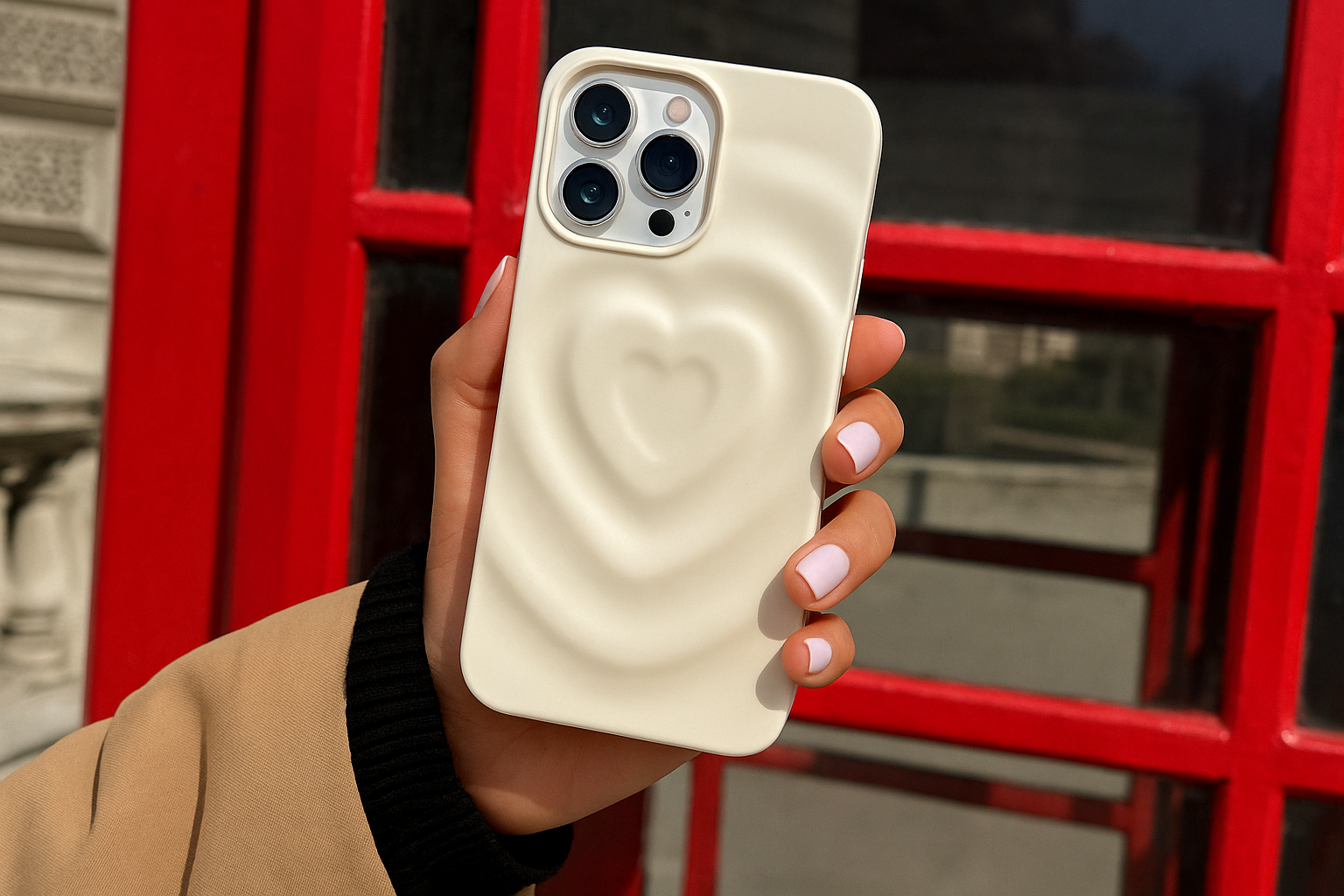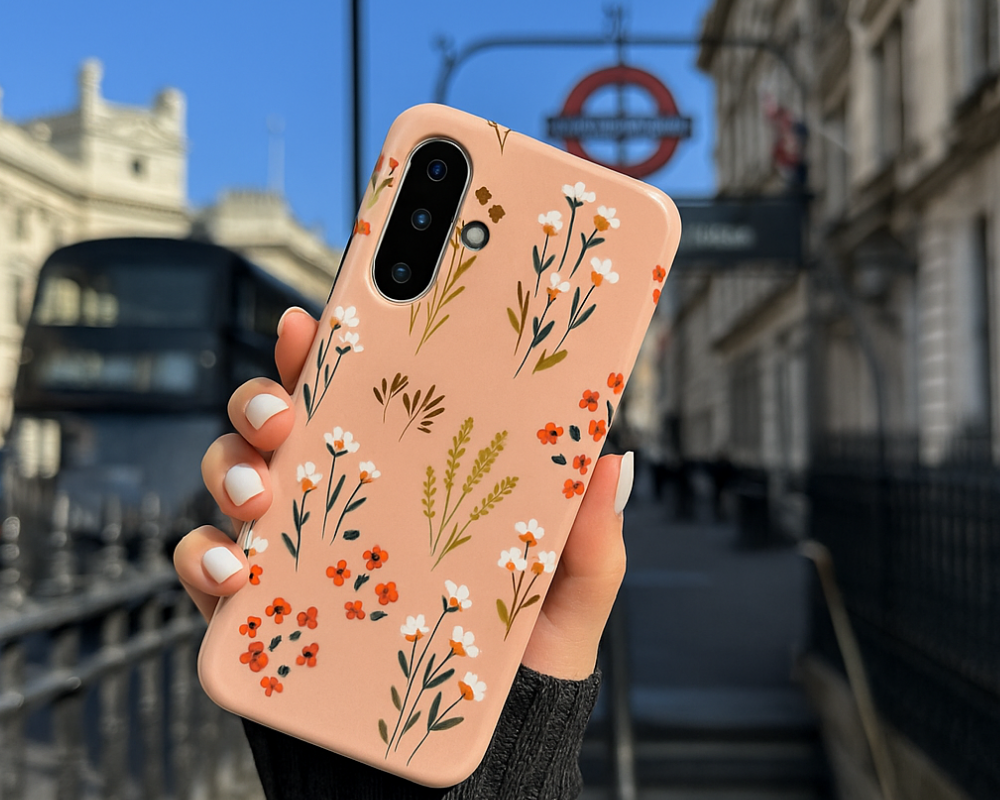As Barclays Announces Apple Pay Support, Here’s Everything you Need to Know About the System

12 years ago the government introduced a brand-new scheme called 'Chip-and-Pin'. It was revolutionary stuff – the beginning of the end for the cheque. Customers now had the option to pay for goods by putting their card into a machine and entering their pin like they would at an ATM.
Of course in tech 12 years is a long time. As it turns out Chip-and-Pin is too much work. Why go through the trouble of putting your card into a terminal when you can just wave it in front of the screen to pay for things?
Much better.
Kind of.
Contactless Pay via debit or credit card is still emerging tech but it’s already becoming outdated. I mean why bother taking your card out of your purse at all when you can settle a transaction using something that’s always close to hand: your smartphone?!
This week Barclays and Barclaycard announced that their customers will now be able to use Apple Pay at over 400000 contactless locations across the UK as well as within the London transport network. Apple Pay can also be used when shopping via retailer apps.
Barclays is the last major bank to embrace the Apple Pay system and joins NatWest RBS Halifax Lloyds MBNA Nationwide Santander TSB Tesco Bank Bank of Scotland First Direct and Ulster Bank all of which are well up to speed with the service. Major credit card providers Visa Mastercard Capital One and American Express are also on board.
With Barclays finally completing the line-up of major banks supporting Apple Pay here’s what you need to know about this new form of contactless payment
What is Apple Pay?
Apple Pay is a feature on the latest Apple devices and a form of contactless payment technology that pairs with debit and credit cards enabling users to complete transactions via their iDevice.
Which devices does Apple Pay work with?
Apple Pay is only available on newer devices. For in-store purchases the service currently works with iPhone 6 iPhone 6S iPhone SE and Apple Watch (when paired with iPhone 5 or later). For in-app purchases the service expands to the iPad Air 2 iPad Pro and iPad mini 3. All Apple devices launched from here on in will include the feature.
Is Apple Pay Secure?
Yes Apple certainly believes so. The company says that its servers do not save card numbers or any transaction data.
To protect card details Apple creates an encrypted Device Account Number for each of your cards and stores it in a dedicated chip in the device called the Secure Element. Each time you complete a transaction Apple sends the merchant a token that replaces your card details meaning the retailer never has access to your card information.
How does Apple Pay work?
Apple Pay works using NFC (Near Field Communication) technology and Touch ID. Using your iPhone when paying for something you simply hold your device close to the contactless terminal with your finger on Touch ID and wait for the beep to confirm that the payment has gone through correctly. No need to wake your device or open an app. A receipt for your transaction is stored in the Wallet app.
Apple Watch works in a similar way except you’ll need to double-click the side button when holding your device close to the contactless reader.
Paying for something within an app is even easier: simply select Apple Pay and place your finger on Touch ID.
Where can I use Apple Pay?
There are currently over 400000 Apple Pay contactless locations in the UK with merchants including M&S BP Boots Pret Co-Op Waitrose and Costa.
Apple Pay can also be used across the London transport network and within numerous apps including Apple Topshop Etsy Trainline Zara and Just Eat.
When shopping just look for these symbols at checkout:

What if I lose my Apple device?
If you lose your iPhone iPad or Apple Watch Apple says you can use the Find My iPhone feature to set the device to Lost Mode. This feature locks the device and prevents content from being accessed. Find My iPhone can also be used to complete wipe a device.

